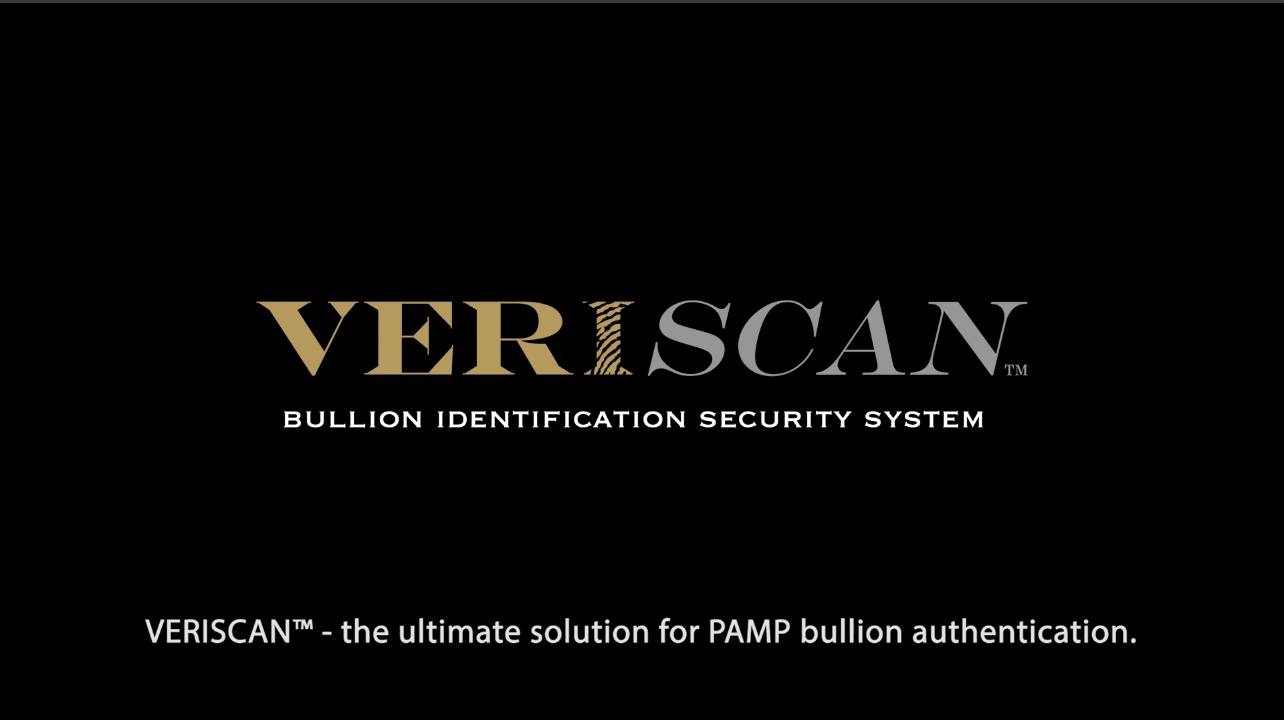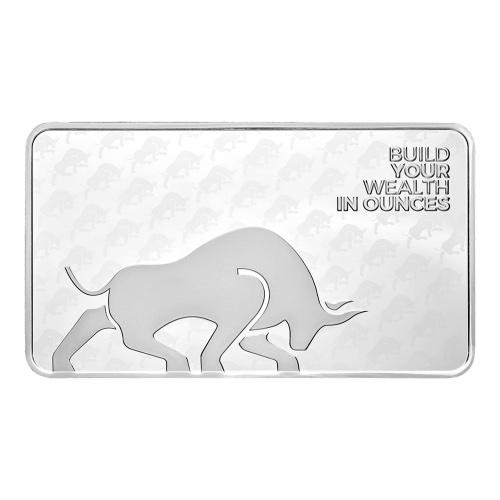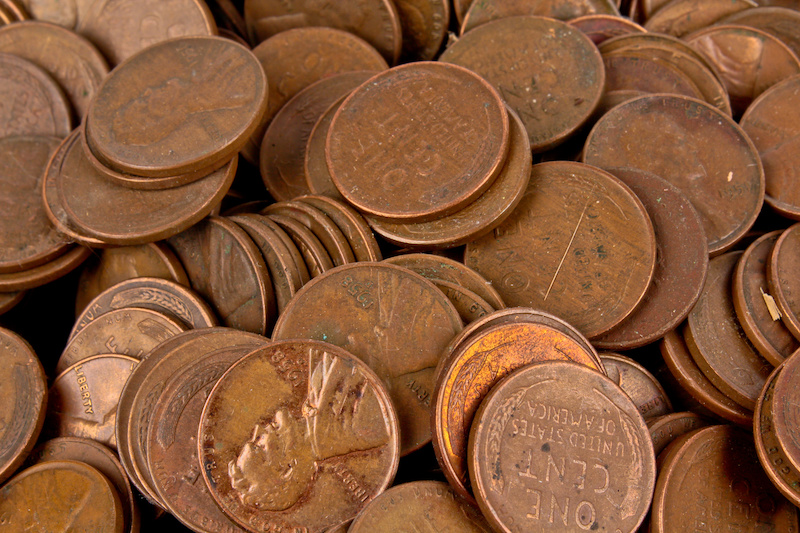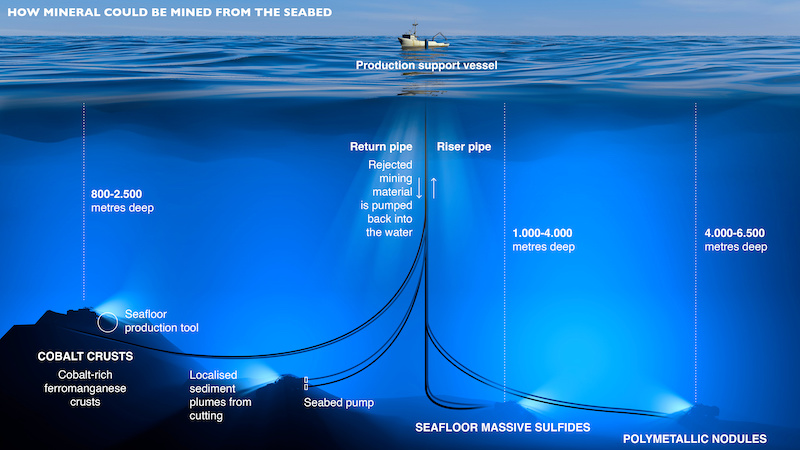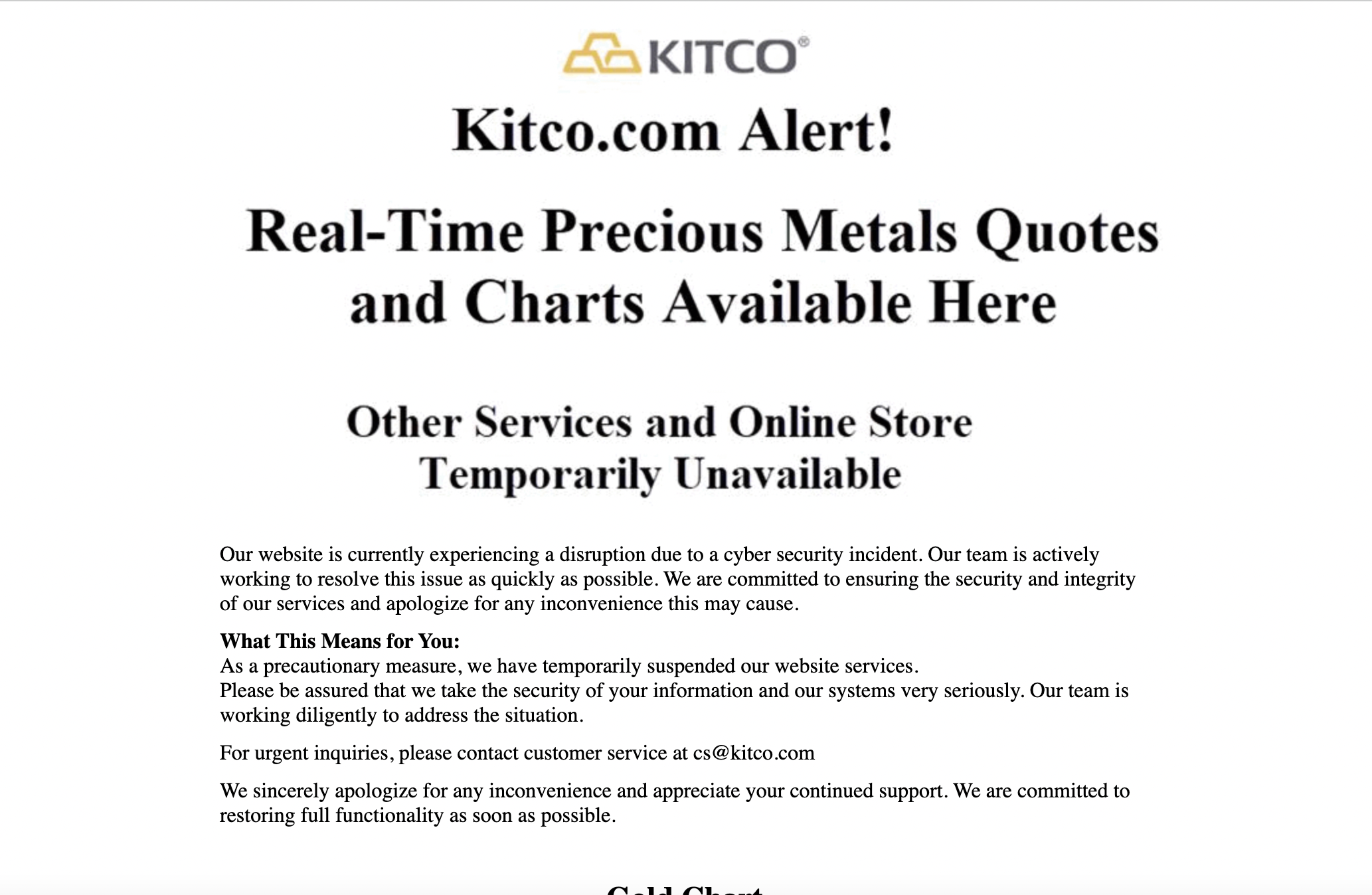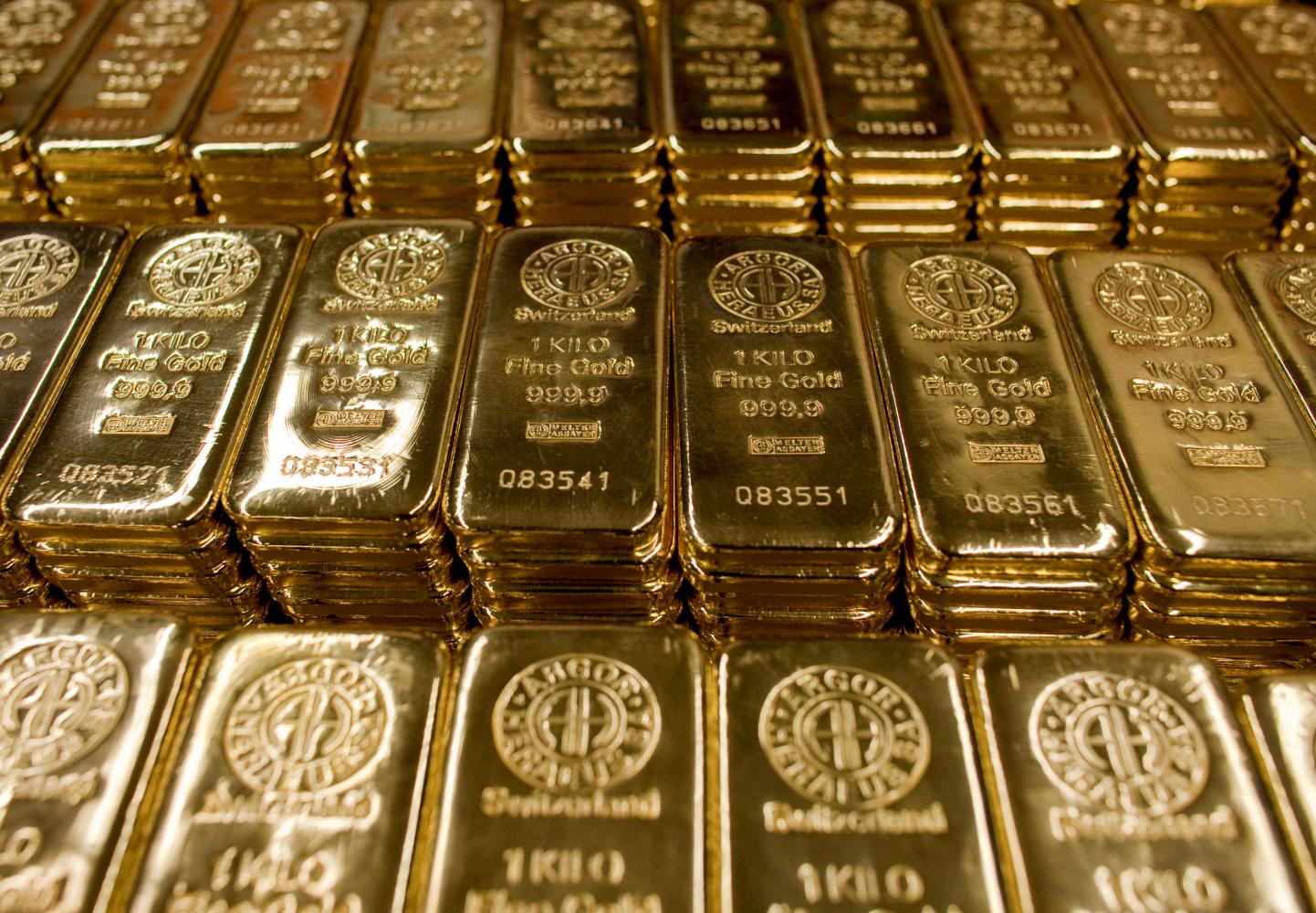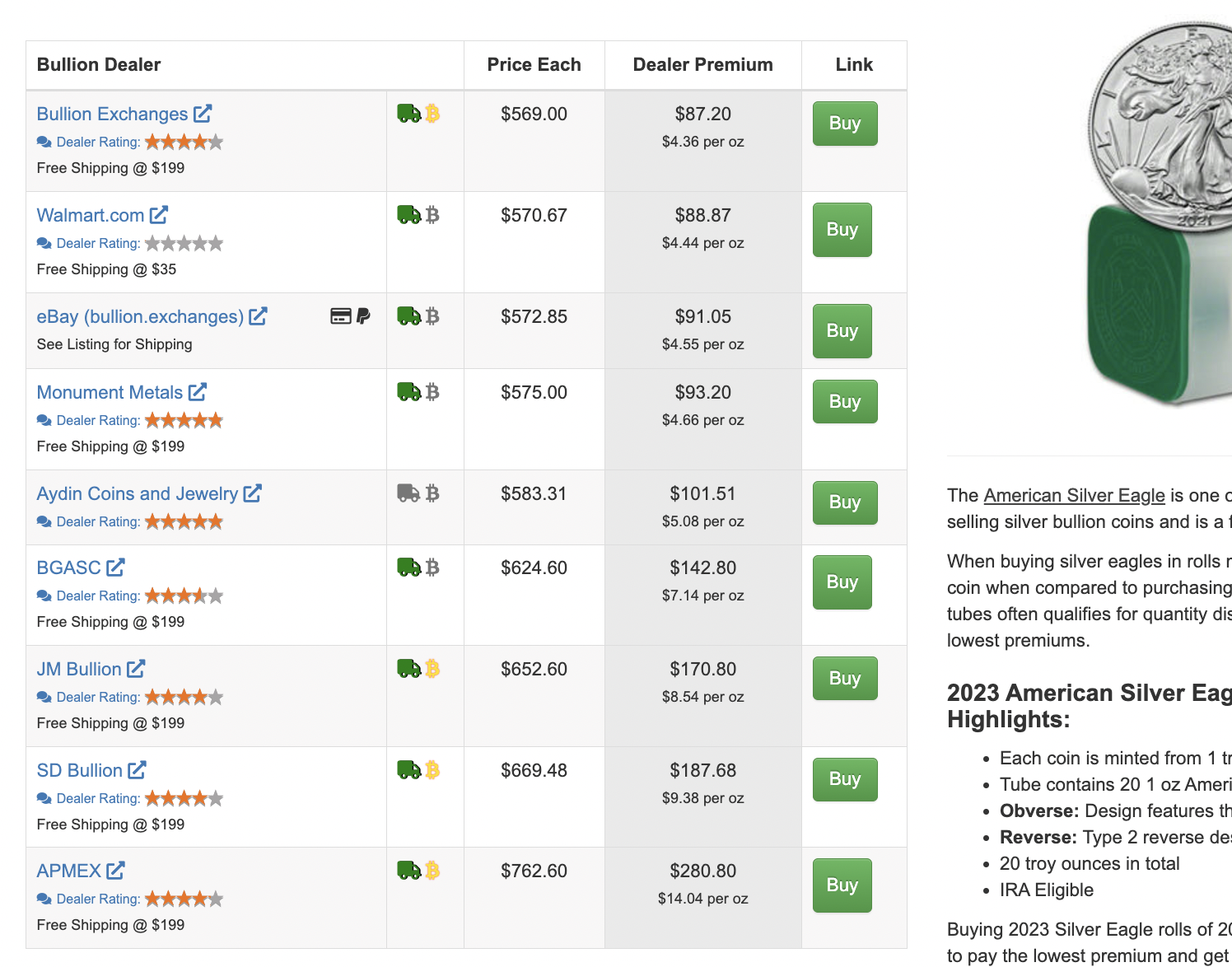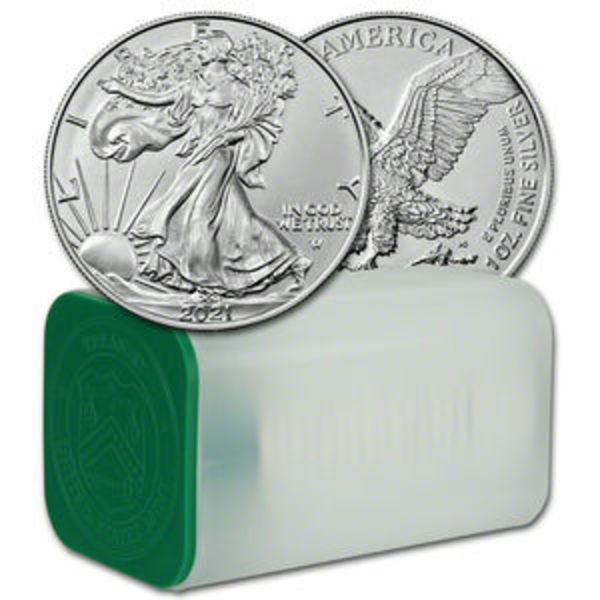How to Verify a PAMP Suisse Gold Bar
The surface of all precious metals have microscopic topographic features that are as unique as human fingerprints.
The PAMP Suisse Veriscan Mobile Application can be used to authenticate gold, silver and platinum bars that are issued by PAMP Suisse, along with bullion coins and bars that are issued by a handful of other established mints that include the Royal Australian Mint, Bank of China, Lombard Bank Malta and UBS.
